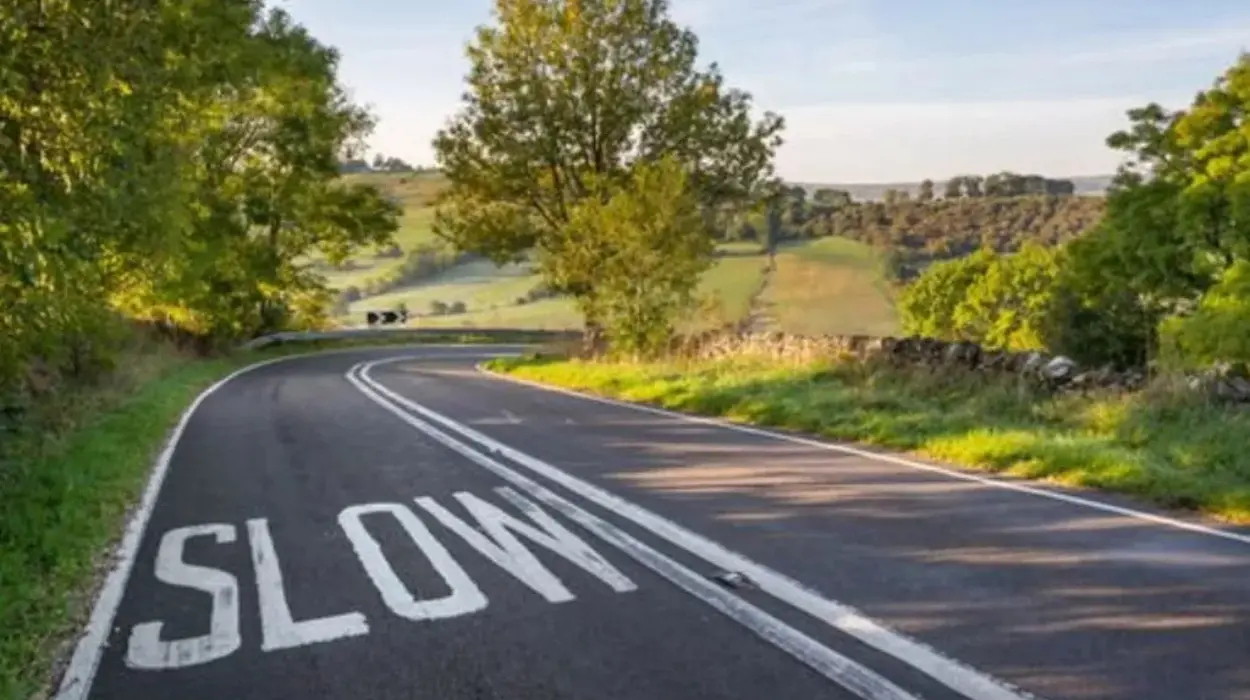
UK Speed Limits Could Drop to 10mph Under New Road Safety Proposals
The UK could see dramatic changes to its national speed limits, with proposals recommending reductions as low as 10mph on some city roads. The Road Safety Foundation (RSF) has published a report urging nationwide speed limit cuts to reduce fatalities and serious injuries—especially in areas with high pedestrian activity.
Proposed Speed Limit Cuts Aim to Reduce Road Deaths
According to the RSF, over 1,700 people die on UK roads every year. In an effort to curb these numbers, the foundation is advocating for sweeping reductions in speed limits, particularly in high-risk areas. The proposals focus on roads near:
- Schools and hospitals
- Major sports venues and cultural events
- Areas with significant pedestrian, cyclist, or motorcyclist traffic
The RSF recommends a default limit of 10mph in the most sensitive zones, describing this as a necessary step to protect vulnerable road users.
Read Also: Rachel Reeves Faces Backlash Over UK Economy and Pension Reforms
National Impact: Lower Speed Limits for All Drivers
The recommendations would not only affect urban roads. The report also targets rural areas and country roads:
- Single-carriageway roads, currently capped at 60mph, should have their limits reduced to 20mph.
- All roads where cars mix with cyclists and pedestrians should be capped at 20mph.
- 30mph zones should only remain in areas with no pedestrian or cyclist presence.
These changes would represent a radical shift in UK motoring, impacting millions of drivers nationwide.
Focus on Vulnerable Road Users
The RSF report places particular emphasis on protecting pedestrians, cyclists, and motorcyclists, highlighting their increased risk in high-speed traffic zones. The foundation noted that lower speeds significantly reduce both the likelihood and severity of collisions.
Where Could 10mph Zones Be Introduced?
The 10mph limit is being proposed for:
- School zones
- Hospital perimeters
- Event venues (stadiums, concert halls, festivals)
- Urban centers with dense foot traffic
Such zones are considered to have “heightened vulnerability of pedestrians to impact and injury,” justifying the call for stringent speed restrictions.
Public Reaction and Government Outlook
While road safety campaigners have welcomed the proposals, motoring groups have expressed concerns over feasibility, enforcement, and potential congestion. The government has yet to formally respond to the RSF’s recommendations, but the report has ignited a national conversation on the future of speed regulation in the UK.
Conclusion
If adopted, the RSF’s recommendations would transform the way Britons drive, making the UK’s roads among the slowest—but potentially safest—in Europe. While the balance between safety and practicality will need careful navigation, the proposals signal a growing priority on pedestrian protection and sustainable urban mobility. The future of speed in the UK may well be a slower, safer one.
This article is originally published on: gbnews



